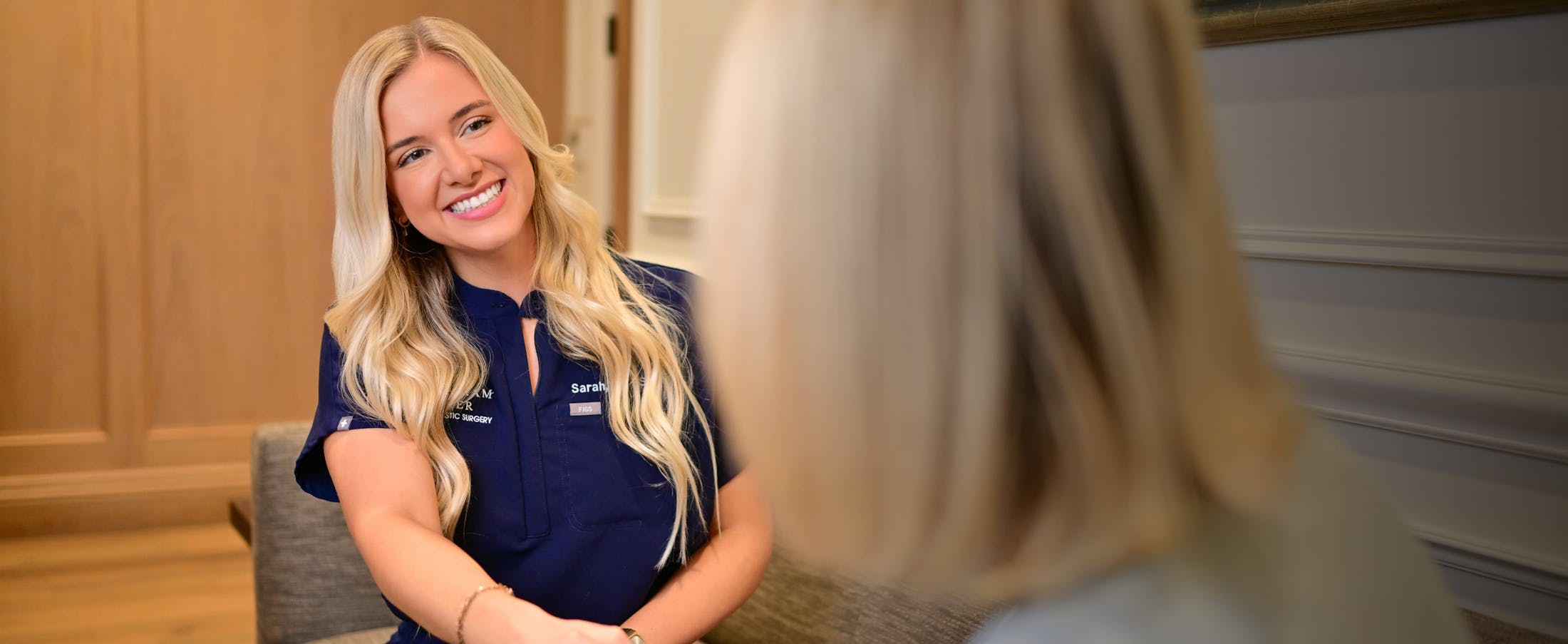

Nose reshaping surgery is a complex procedure that involves various techniques, which must be combined and customized to each patient in order to yield the desired results. When most people think of rhinoplasty (often referred to as a “nose job”), they assume that the procedure is always performed for cosmetic reasons. However, there are two major types of rhinoplasty (cosmetic and functional) that are performed, and sometimes they overlap. Let’s take a look at both types, their differences and similarities.
Cosmetic Rhinoplasty
The most common reason people undergo nasal surgery today is for cosmetic reasons. The nose is a dominant facial feature that can throw off the face’s balance if there are aesthetic problems such as crookedness, a drooping tip, or irregular nostrils. Common reasons for seeking cosmetic rhinoplasty include:
- Dorsal hump (large hump on nasal bridge)
- Crookedness
- Flaring or irregular nostrils
- Large nose
- Drooping tip
- Nasal deformity
Cosmetic rhinoplasty patients with realistic expectations often experience great boosts to self-esteem and confidence following surgery. The options for cosmetic rhinoplasty are broad, and the doctor works with each patient to customize the procedure and accomplish the patient’s goals. This type of rhinoplasty is never covered by insurance, so patients must pay up front or secure financing.
Functional Rhinoplasty
Performed to correct breathing problems, functional rhinoplasty can provide relief to patients who suffer from problems including:
- Deviated septum
- Enlarged turbinates
- Sleep apnea and snoring
- Nasal deformity and collapse
Depending on the issue being addressed, insurance companies will occasionally reimburse patients for the functional portion of rhinoplasty surgery. However, it is the patient’s responsibility to understand the policies and finance any cosmetic work to be done.
Similarities and Differences
Cosmetic and functional rhinoplasty are essentially the same procedure, but with different goals. The main difference between the procedures is that functional rhinoplasty mostly involves the structure and inside of the nose, while cosmetic rhinoplasty is concerned with how the surgery will affect the external appearance of the nose. Grafting, osteotomy, and other complex techniques are all often used in each procedure, and it’s very common for the two procedures to be combined. Many people who seek functional rhinoplasty decide to address any cosmetic issues simultaneously for convenience.
Other Types of Rhinoplasty Surgery
While cosmetic and functional rhinoplasties are the two largest categorizations for nasal surgery, there are a number of other types that fall under these two categories. They are:
Revision Rhinoplasty
Because rhinoplasty is a very difficult procedure involving many different variables, the surgery can sometimes result in an unsatisfactory outcome, from poor surgical technique, sub-par aftercare, or simply unavoidable complications. Revision rhinoplasty is a second surgery to address problems following the initial operation. These problems can be cosmetic, functional, or both.
Revision rhinoplasty is an even more difficult procedure to perform than primary rhinoplasty, due to increased scar tissue, weakened nasal structures, and scarcity of cartilage for grafts. Fortunately, there are many skilled surgeons who specialize in the procedure and can yield great improvement for the majority of patients.
Ethnic Rhinoplasty
Generally used to describe non-Caucasian rhinoplasty, ethnic rhinoplasty requires the surgeon to understand the intricacies of different ethnic nasal features to help predict good results for patients. While each nose is unique, patients from each ethnic background tend to exhibit similar nasal features, including cartilage strength, skin thickness, and nasal shape. The goal of ethnic rhinoplasty is not to diminish the patient’s cultural identity by “Westernizing” the nose, but instead to work with the nasal features to create an outcome that harmonizes with the facial features.
Reconstructive Rhinoplasty
For patients with defects caused by trauma or illness, reconstructive rhinoplasty is a way to restore nasal function and self-confidence. Reconstructive rhinoplasty can produce superb results depending on the degree and nature of the trauma. Sometimes, this type of rhinoplasty may be partially covered by insurance policies.
Non-Surgical Rhinoplasty
For patients who don’t have the desire to undergo surgery, the non-surgical or “15-minute nose job” is becoming a popular nose-reshaping option. Using injectable fillers, the surgeon can smooth out dents or make other subtle changes to the nose. These results are not permanent, nor are they as flexible or dramatic as those from surgical rhinoplasty, but the procedure is a less expensive and less invasive option for people who do not want to commit to rhinoplasty.
Want Great Results? Choose a Qualified Facial Plastic Surgeon
Each nose is different, and it takes a skilled and experienced surgeon to get fabulous rhinoplasty outcomes for each individual patient. Many plastic surgeons offer rhinoplasty, but as a procedure with a relatively high revision rate, it is important to do your research and seek a facial plastic surgery expert to perform your rhinoplasty.
If you’re exploring your rhinoplasty options in the Austin area, come to Buckingham Center for Facial Plastic Surgery and consult with acclaimed surgeon Dr. Edward Buckingham. Dr. Buckingham is double board certified and has accrued a number of honors for his scholarship and work. Call (512) 401-2500 today to schedule your consultation.



